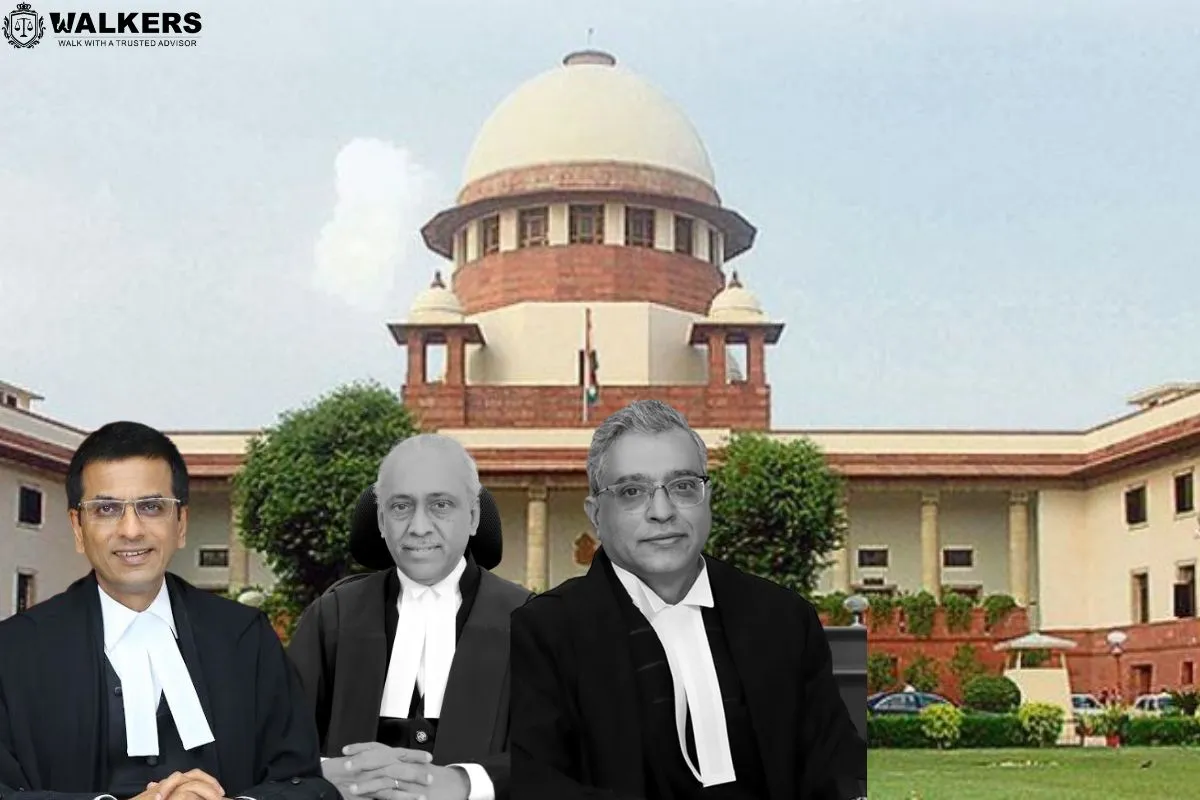

 The recent verdict by the Supreme Court emphasizes the crucial role of the District Judiciary in providing accessible justice to litigants across the country. The court declared that the independence of the district judiciary is an integral part of the Constitution's basic structure, and without impartial and independent judges at the district level, the goal of justice would remain elusive. This distinction was drawn between officers of the judiciary and staff of the legislative and executive branches, highlighting that judges are not mere employees of the State but holders of public office entrusted with sovereign judicial power.
The judgment further underscored the significance of an independent judiciary in ensuring the exercise of fundamental rights such as "access to justice" and "fair trial." Without a fair and expeditious trial, the enforcement of other rights guaranteed by the Constitution would be hindered. The court emphasized that the right to fair trial and access to justice encompasses not only physical access to a court but also encompasses essential prerequisites such as infrastructure and the presence of an unbiased, impartial, and independent judge.
In the case under consideration, the Supreme Court accepted several recommendations put forth by the Second National Judicial Pay Commission, which had been established by the Central government. These recommendations took into account various representations, consultations with experts, and detailed analysis to arrive at appropriate pay structures for judicial officers.
The court also acknowledged the submissions made by the Amicus Curiae advocate regarding the need for uniformity in pay and designation for the district judiciary across the country. Considering the hierarchical structure of the unified judicial system, wherein a High Court judge ranks above a district judge, the court affirmed that any increase in the salary of High Court judges should proportionally reflect in the compensation of district judges.
To ensure consistency in nomenclature, the court directed High Courts to uniformly adopt the designations of judicial officers as Civil Judge (Jr. Div), Civil Judge (Sr. Div), and District Judge throughout the country. The recommendation to align the pay structure of the district judiciary with the Seventh Central Pay Commission was also accepted and directed to be implemented.
In light of the judgment, High Courts and competent authorities were given a three-month timeline to make necessary amendments to Service Rules in accordance with the accepted recommendations. Moreover, the revised rates of pension approved by the Court will be effective from July 1, 2023.
The recent verdict by the Supreme Court emphasizes the crucial role of the District Judiciary in providing accessible justice to litigants across the country. The court declared that the independence of the district judiciary is an integral part of the Constitution's basic structure, and without impartial and independent judges at the district level, the goal of justice would remain elusive. This distinction was drawn between officers of the judiciary and staff of the legislative and executive branches, highlighting that judges are not mere employees of the State but holders of public office entrusted with sovereign judicial power.
The judgment further underscored the significance of an independent judiciary in ensuring the exercise of fundamental rights such as "access to justice" and "fair trial." Without a fair and expeditious trial, the enforcement of other rights guaranteed by the Constitution would be hindered. The court emphasized that the right to fair trial and access to justice encompasses not only physical access to a court but also encompasses essential prerequisites such as infrastructure and the presence of an unbiased, impartial, and independent judge.
In the case under consideration, the Supreme Court accepted several recommendations put forth by the Second National Judicial Pay Commission, which had been established by the Central government. These recommendations took into account various representations, consultations with experts, and detailed analysis to arrive at appropriate pay structures for judicial officers.
The court also acknowledged the submissions made by the Amicus Curiae advocate regarding the need for uniformity in pay and designation for the district judiciary across the country. Considering the hierarchical structure of the unified judicial system, wherein a High Court judge ranks above a district judge, the court affirmed that any increase in the salary of High Court judges should proportionally reflect in the compensation of district judges.
To ensure consistency in nomenclature, the court directed High Courts to uniformly adopt the designations of judicial officers as Civil Judge (Jr. Div), Civil Judge (Sr. Div), and District Judge throughout the country. The recommendation to align the pay structure of the district judiciary with the Seventh Central Pay Commission was also accepted and directed to be implemented.
In light of the judgment, High Courts and competent authorities were given a three-month timeline to make necessary amendments to Service Rules in accordance with the accepted recommendations. Moreover, the revised rates of pension approved by the Court will be effective from July 1, 2023. Click Here to: Download/View Related File
TAGS: Supreme Court litigants District Judiciary independence impartiality Constitution basic structure access to justice fair trial judges officers of the judiciary staff of legislative and executive wings separation of powers public office sovereign judicial power hierarchy pay structure recommendations Second National Judicial Pay Commission Central government uniformity nomenclature High Court district judge salary designation Seventh Central Pay Commission Service Rules pension.